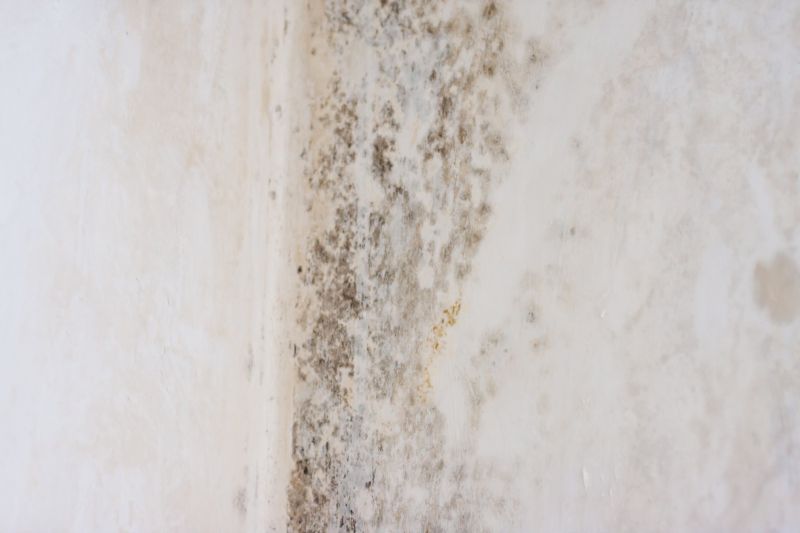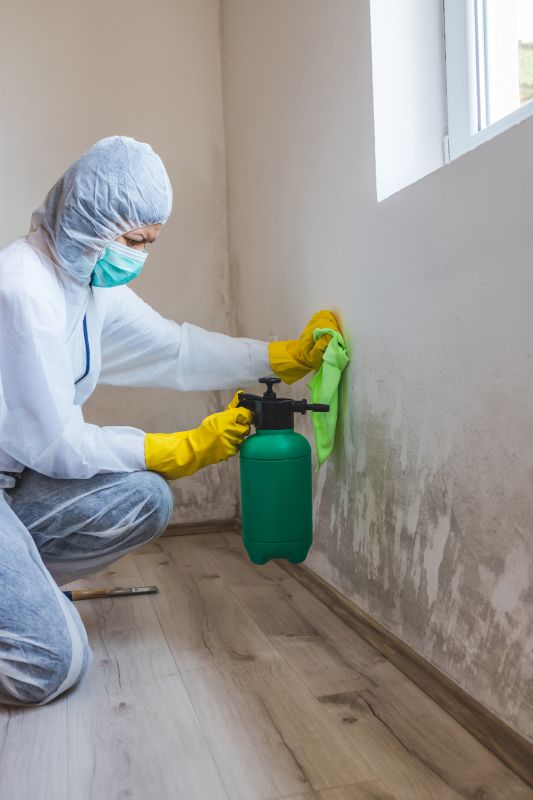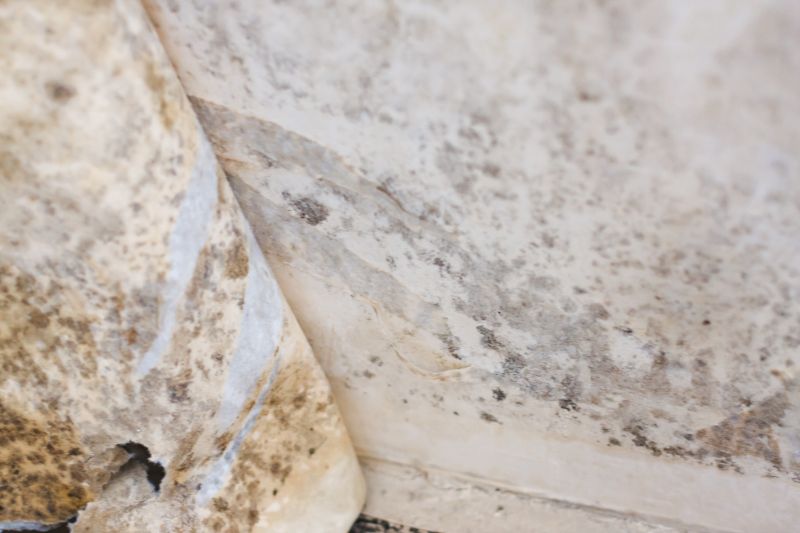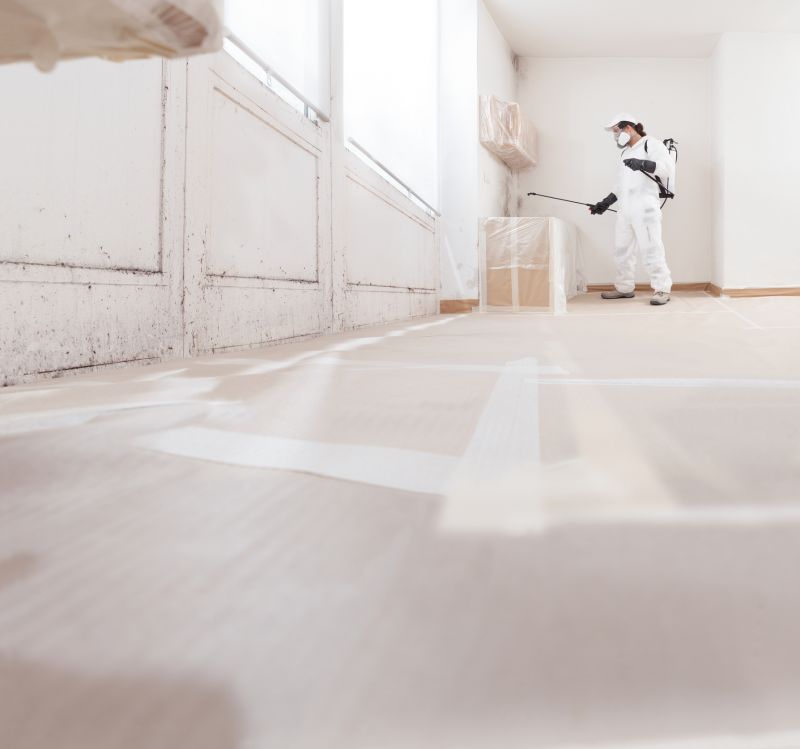White Mold Mitigation Services for Healthy Spaces
White mold is a common issue in various environments, particularly in areas with high humidity and poor ventilation. Effective mitigation of white mold involves targeted cleaning, environmental control, and sometimes professional intervention. Addressing white mold promptly can prevent structural damage, health issues, and the spread of spores.

Close-up of white mold growth on walls and ceilings, highlighting the importance of early detection.

Dehumidifiers and ventilation systems that help reduce moisture levels, preventing mold development.

Building materials designed to resist mold growth, used in mitigation efforts.
White mold mitigation involves a combination of cleaning, environmental adjustments, and sometimes structural repairs. The process typically begins with a thorough inspection to identify all affected areas. Professionals may use specialized cleaning agents to remove mold from surfaces and apply treatments to inhibit future growth. Environmental controls, such as dehumidifiers and improved ventilation, are essential to maintain low moisture levels. In severe cases, replacing contaminated materials or structural components may be necessary.
Timelines for professional mitigation vary depending on the extent of the infestation. Minor cases can often be addressed within a few hours, while larger projects may take several days. Hiring experienced professionals ensures that all mold is effectively removed and that measures are implemented to prevent recurrence. Proper mitigation reduces health risks and protects property integrity.
Most small-scale mold issues can be addressed within a day, while extensive infestations may require multiple days for complete removal and treatment.
Inspection, cleaning, environmental adjustment, and structural repairs form the core of the mitigation process, tailored to the severity of the mold presence.
Professionals utilize specialized equipment and proven techniques, ensuring thorough removal and effective prevention of future mold growth.

A cleaned and restored wall surface free of mold, demonstrating effective mitigation.

Dehumidifiers and ventilation systems installed to maintain optimal moisture levels.

Structural repairs completed to eliminate mold-prone materials and prevent recurrence.
Effective mitigation of white mold requires a comprehensive approach that combines cleaning, environmental management, and, when necessary, structural repairs. Engaging professionals ensures that all affected areas are thoroughly treated and that preventive measures are put in place. Properly mitigated environments reduce health risks and protect property from future mold issues.
